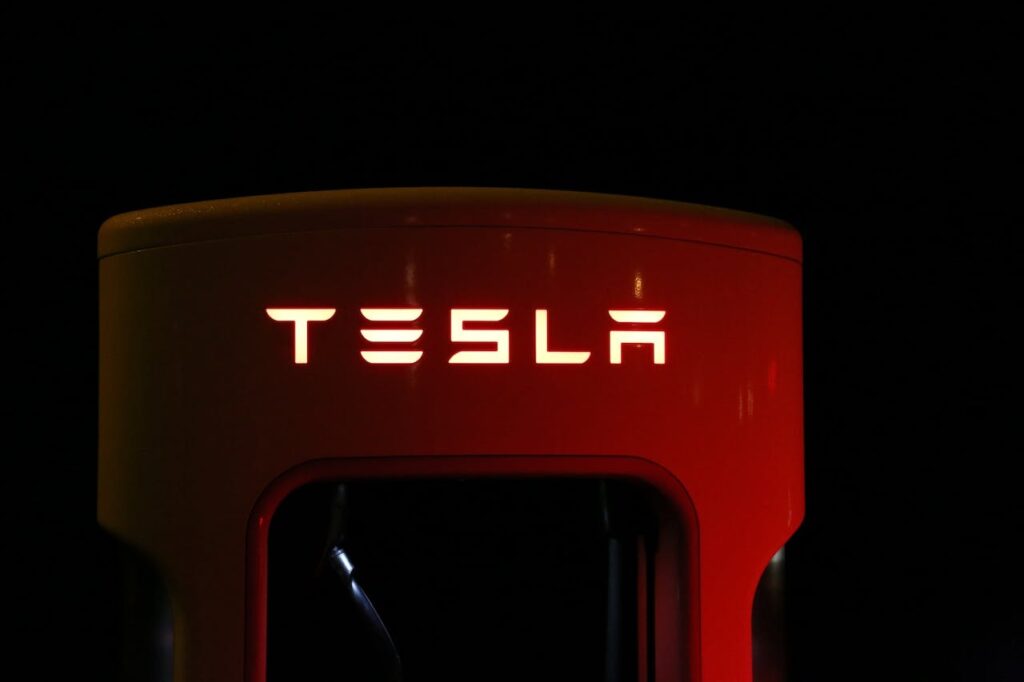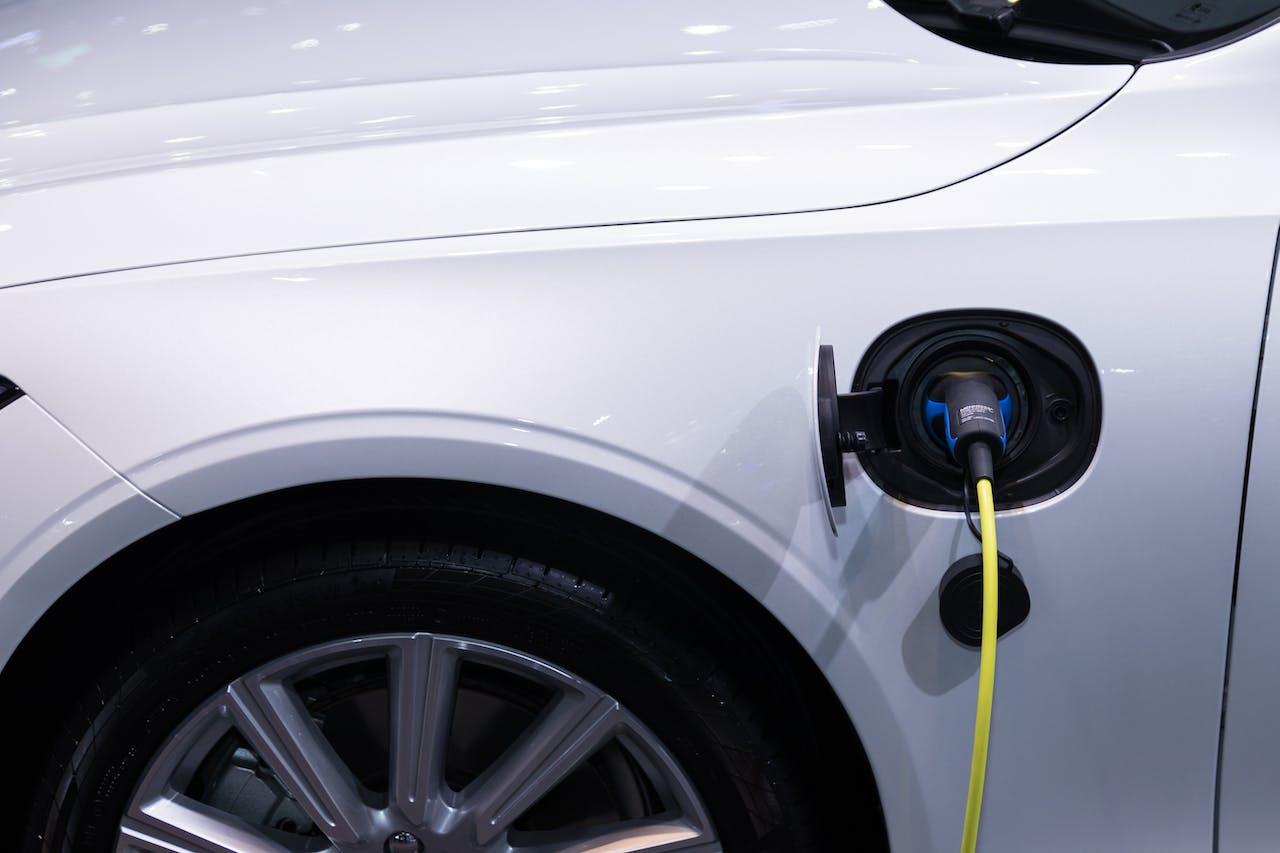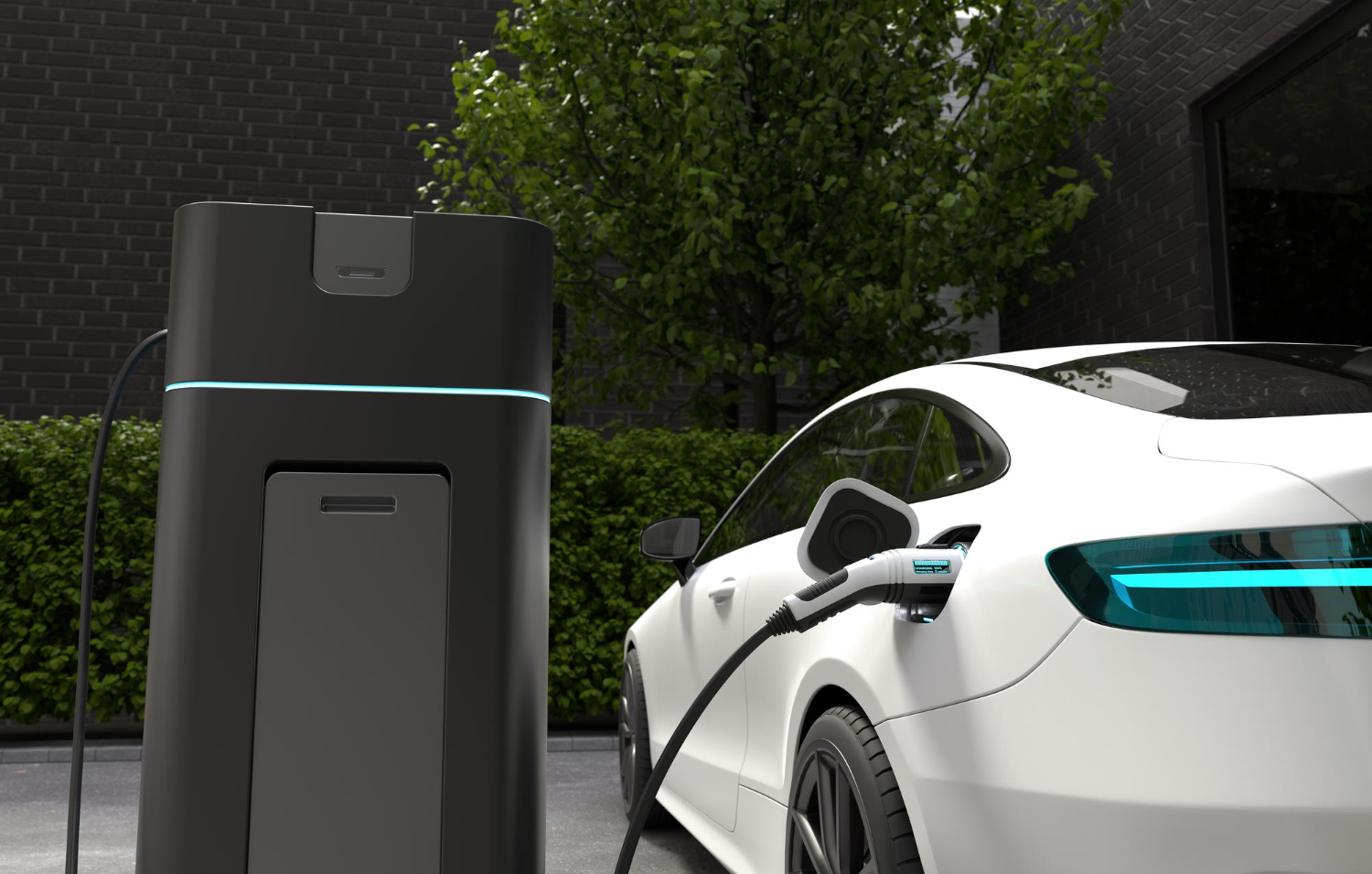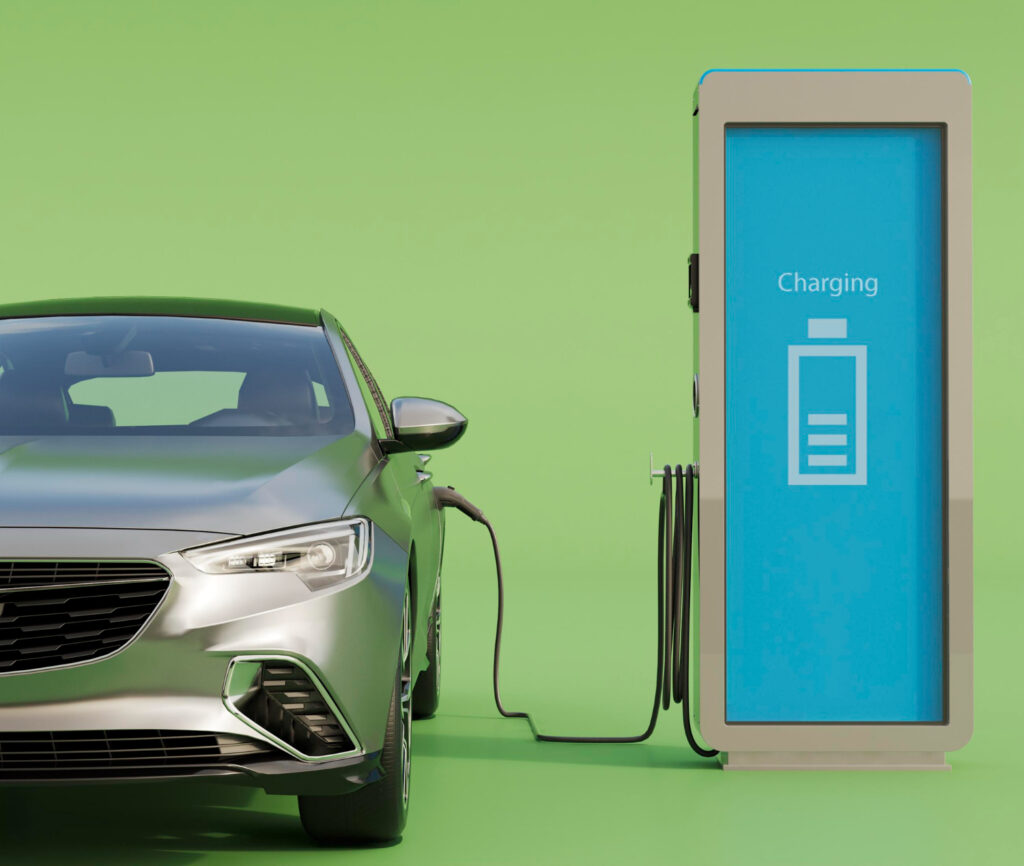Welcome to an electrifying sustainability journey! As we face a future that prioritizes environmentally friendly energy, electric vehicle (EVs) are increasingly becoming a sign of environmentally friendly transportation for production. In this article, we will begin an enlightening exploration of how this revolutionary machine was created.
From the intricate designs that challenge conventional automotive norms to the innovative technologies that power them, we’ll delve deep into what makes EVs not just vehicles, but harbingers of a greener, more sustainable world. Whether you’re a tech enthusiast, an environmental advocate, or simply curious about the future of travel, this journey promises to illuminate the intricate tapestry of electric vehicles production. So, buckle up and get ready to accelerate into the heart of sustainable innovation – where every mile driven is a step closer to a cleaner planet.
Introduction: Paving the Path to Sustainability
In the grand tapestry of modern innovation, electric vehicles (EVs) stand out as a vibrant thread, intertwining the necessity of environmental stewardship with the advancement of technology. As the world grapples with the urgent need to reduce carbon emissions and mitigate the impacts of climate change, EVs emerge not merely as a solution but as a symbol of sustainable progress. In this introduction to “The Road to Sustainability: An In-depth Look at Electric Vehicles Production,” we explore the fundamental aspects of electric vehicles and their pivotal role in our journey toward a greener future.
Basic Understanding of Electric Vehicles (EVs)
At its core, an electric vehicle is a marvel of modern engineering, designed to propel us forward using electrically powered engines. Unlike their gasoline-powered counterparts, EVs rely on rechargeable batteries, eliminating the need for fossil fuels. This shift represents a significant leap in automotive technology, bringing forth benefits like reduced greenhouse gas emissions and lower maintenance requirements. Understanding the basic mechanics and advantages of EVs is crucial in appreciating their role in our sustainable journey.
The Role of Electric Vehicles in Achieving Sustainability
The transition from traditional combustion engines to electric power is not just a technological upgrade; it’s a necessary stride toward sustainability. EVs offer a cleaner alternative to conventional vehicles, significantly reducing the pollutants that contribute to environmental degradation and health issues. Moreover, when paired with renewable energy sources, EVs have the potential to become virtually emission-free, thus playing a critical role in the fight against climate change. Their increasing popularity also drives advancements in renewable energy integration, battery technology, and sustainable urban planning.
History and Evolution of Electric Vehicles

The story of electric vehicle production (EVs) is a fascinating saga of innovation, setbacks, and resurgence. As we delve into the history and evolution of EVs, it becomes clear that these vehicles are not just a contemporary phenomenon but a concept that has been evolving for over a century.
The Early Beginnings of Electric Vehicles
The genesis of electric vehicles production dates back to the 19th century, a time when inventors and engineers were experimenting with various forms of transportation. The first electric carriage was developed in the early 1830s. These early EVs were initially more popular than gasoline-powered cars due to their quiet operation, lack of smoke, and ease of use. However, with the advent of the internal combustion engine and mass production of cheaper gasoline cars, notably Ford’s Model T, electric vehicles fell into the shadows.
Technological Advancements and Market Acceptance
Fast forward to the late 20th century, the resurgence of electric vehicles was fueled by growing environmental concerns and advancements in battery technology. The energy crises of the 1970s and 80s, along with heightened awareness of environmental issues, led to renewed interest in developing more efficient and less polluting vehicles. The introduction of the Toyota Prius, a hybrid electric car, in 1997 marked a significant turning point, while the launch of Tesla’s Roadster in 2008 revolutionized the market perception of EVs as not just eco-friendly, but also high-performance and desirable.
This period witnessed significant technological advancements, particularly in lithium-ion battery technology, which made EVs more practical, reliable, and affordable. Governments around the world began implementing policies and incentives to promote EV adoption, further bolstering their appeal to a broader market.
The evolution of electric vehicles is a testament to human ingenuity and persistence. From their early inception to their fall and subsequent rise, EVs have traversed a remarkable journey. As we continue to innovate and improve, the future of electric vehicles shines bright, promising a more sustainable and efficient mode of transportation for the world.
The Production Process of Electric Vehicles From Concept to Car

The production of electric vehicles (EVs) marks a significant shift not just in what we drive, but in how vehicles are made. This section delves into the fascinating process of electric vehicle production, from the drawing board to the final product that rolls out onto the streets.
Design and Development
The journey of an electric vehicle begins with its design. This stage involves a blend of aesthetic creativity and engineering precision. Unlike traditional vehicles, EVs require a different approach to design due to the unique components like electric motors and battery packs. Designers and engineers work collaboratively to optimize the vehicle’s aerodynamics, weight distribution, and energy efficiency while ensuring safety and consumer appeal. The integration of advanced technologies such as regenerative braking systems, battery management systems, and sophisticated user interfaces is also a crucial part of the design process.
Choosing Eco-Friendly Materials and Technologies
A pivotal aspect of electric vehicle production is the selection of materials and technologies that minimize environmental impact. Manufacturers are increasingly turning to sustainable materials for both the interior and exterior, including recycled plastics, bio-based fabrics, and lightweight composites. The battery, the heart of an EV, has seen significant advancements in technology, with a focus on increasing energy density, longevity, and recyclability. Companies are also exploring more sustainable and less harmful battery materials to reduce environmental footprints further.
Challenges in Manufacturing
Despite the advancements, the production of EVs isn’t without challenges. One major hurdle is the high initial cost of setting up manufacturing lines specifically for EVs. Additionally, sourcing raw materials for batteries, such as lithium, cobalt, and nickel, can be both costly and fraught with ethical and environmental concerns. Manufacturers must navigate these challenges while ensuring the efficiency, scalability, and sustainability of their production processes.
Environmental and Economic Impact of Electric Vehicles
As electric vehicles (EVs) drive us towards a more sustainable future, understanding their environmental and economic impact is crucial. This section examines how EVs are reshaping our environmental footprint and influencing the global economy.
Reducing Carbon Emissions and Environmental Footprint
The most significant environmental benefit of EVs is their potential to reduce greenhouse gas emissions. Unlike traditional gasoline-powered vehicles, EVs produce zero tailpipe emissions, which is crucial in urban areas where air quality is a major concern. When powered by renewable energy sources, EVs can operate virtually carbon-neutral. Additionally, advancements in battery technology and increased energy efficiency are continuously reducing the environmental impact of electric vehicle production and disposal.
However, it’s important to note that the overall environmental footprint of an EV depends on various factors, including the source of electricity used for charging and the methods used in battery production and recycling. As renewable energy becomes more prevalent and battery technology improves, the environmental benefits of EVs will continue to grow.
Energy Efficiency and Operational Costs
EVs are inherently more energy-efficient than conventional vehicles. Electric motors convert over 77% of the electrical energy from the grid to power at the wheels, compared to about 12-30% for gasoline engines. This efficiency translates into lower operating costs for consumers, as electricity is generally cheaper than gasoline on a per-mile basis. Additionally, EVs have fewer moving parts compared to internal combustion engines, resulting in lower maintenance costs.
Contribution to the Green Economy
The rise of EVs is stimulating the green economy, creating new job opportunities in EV manufacturing, charging infrastructure development, and battery research and recycling. Governments worldwide are investing in EV infrastructure, recognizing the role of EVs in achieving climate goals and stimulating economic growth. This shift is not only creating a new market for electric vehicles and related technologies but is also driving innovation in renewable energy and storage solutions.
The Future of Electric Vehicles and Conclusion

As we approach the end of our in-depth exploration of electric vehicle (EV) production, it’s crucial to look forward to the innovations and trends shaping the future of this transformative industry. This section will consider the challenges ahead, potential solutions, and the broader implications for our journey towards sustainable mobility.
Upcoming Innovations and Trends
The EV market is rapidly evolving, driven by continuous technological advancements and increasing consumer demand. Future trends include the development of solid-state batteries, which promise higher energy densities, faster charging times, and improved safety. Autonomous driving technology is also expected to converge with EV development, potentially revolutionizing transportation efficiency and safety. Additionally, the expansion of EV models, including trucks and buses, is poised to make electric mobility accessible to a broader segment of the population and industries.
Facing Challenges and Potential Solutions
Despite the progress, several challenges loom on the horizon. The need for a more comprehensive charging infrastructure is critical to support the growing number of EVs. Ensuring the ethical and sustainable sourcing of battery materials remains a concern, necessitating innovations in recycling and alternative materials. Addressing these challenges will require coordinated efforts from governments, industry players, and consumers, alongside investments in research and infrastructure.
Conclusion and Outlook for the Future
The journey of electric vehicles from a niche market to a key player in the automotive industry reflects a significant shift in our approach to transportation and environmental responsibility. As we embrace a future where EVs are likely to become the norm, their role in shaping a sustainable, efficient, and interconnected world cannot be understated. The road to sustainability is paved with challenges, but the collective efforts and innovations in the EV space are promising indicators of a greener and more prosperous future.
Embrace the Future of Industry at Subang Smartpolitan: Your Gateway to Green Innovation

Discover the future of industrial innovation at Subang Smartpolitan, where your business can thrive in the heart of Indonesia’s rapidly growing economy. Situated in West Java our industrial estate offers prime land, perfectly suited for forward-thinking companies, especially those in the electric vehicle (EV) industry. Embrace the opportunity to be at the forefront of the green revolution, in a location that is not only strategically positioned but also aligns with your commitment to sustainability. Subang Smartpolitan is more than just a business space; it’s a gateway to a network of cutting-edge technology, robust infrastructure, and a skilled workforce. Join us in shaping a future where business growth and environmental responsibility go hand in hand. Secure your land plot in Subang Smartpolitan – where your vision for a sustainable, technologically advanced enterprise becomes a reality.


